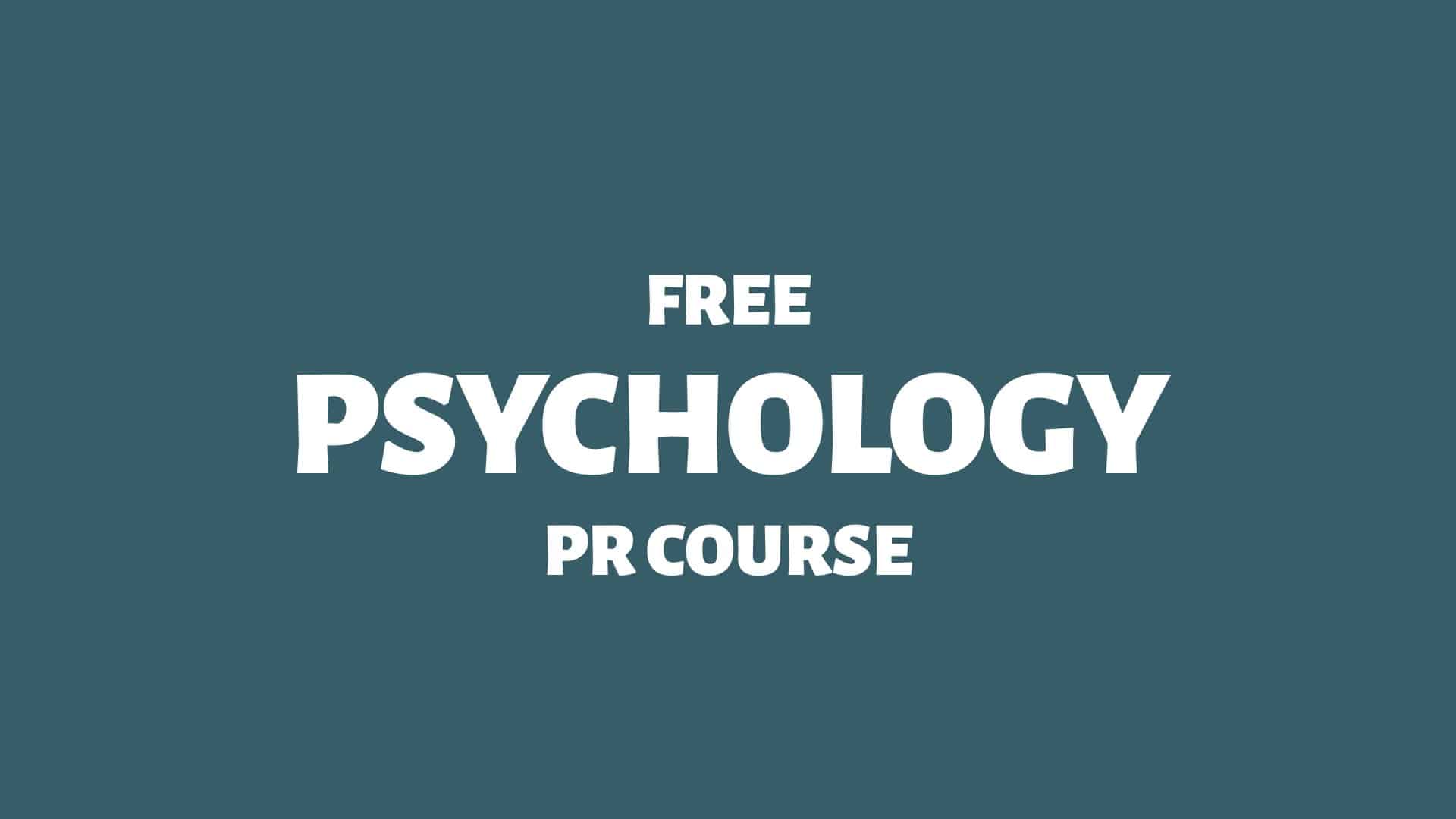Theory of mind is a superpower in public relations.
The ability to comprehend the thoughts and emotions of others holds transformative potential in public relations. By grasping the intricacies of people’s inner worlds, one can gauge one’s future attitudes and actions.
A communicator with a strong theory of mind can mentally simulate a target audience’s reactions, objections, emotions, and thought processes. This is potentially valuable in PR, persuasion, storytelling, or crisis management.
For a communicator, theory of mind could be the difference between shouting into the void and whispering directly into someone’s internal monologue.
Here we go:
Theory of Mind: A Blessing and a Curse
A “PR superpower” is the ability to imagine oneself in another person’s situation and reason from their perspective.
Those with strong empathic skills can recognise hidden motives and emotional subtexts behind surface behaviour. They can anticipate escalation before it occurs, intercept miscommunications early, and act with strategic empathy.
Such skills are critical in media training, negotiations, and crisis response, where understanding intention is as important as what is said.
The term “theory of mind” was first coined by Premack and Woodruff (1978) and referred to people’s thoughts and reasoning about their minds and those of others. The assumption that we need a theory for our thoughts is called introspection. 1Theory of mind. (2023, December 4). In Wikipedia. https://en.wikipedia.org/wiki/Theory_of_mind 2Schwitzgebel, E. (2019). Introspection (Stanford Encyclopedia of Philosophy). Stanford.edu. https://plato.stanford.edu/entries/introspection/
The theory of mind is the ability to attribute mental states — thoughts, intents, desires, pretensions, and world-views — to oneself and others and to understand how those mental states influence behaviour.
This form of empathy is a critical developmental skill that helps children experience empathy and understand other people’s feelings and intentions. 3Baron-Cohen, S., Leslie, A. M., & Frith, U. (1985). Does the autistic child have a “theory of mind”? Cognition, 21(1), 37 – 46. 4Premack, D., & Woodruff, G. (1978). Does the chimpanzee have a theory of mind? Behavioral and Brain Sciences, 1(4), 515 – 526.
In a way, the theory of mind is the psychological antithesis to the philosophical idea of solipsism:
Solipsism = the philosophical idea that only one’s own mind is sure to exist and that knowledge of anything outside the self is ultimately unknowable.
A Brief History of Theory of Mind
The theory of mind was first introduced in the 1970s by developmental psychologists studying how children understand others’ beliefs, intentions, and emotions.
Through various experiments, researchers discovered that children begin to understand that people have different thoughts and feelings based on their unique perspectives and experiences around age four. 5Theory of mind. (2023, April 21). In Wikipedia. https://en.wikipedia.org/wiki/Theory_of_mind
As the study of the theory evolved, researchers found that it plays a crucial role in social cognition and interpersonal relationships. It enables us to predict and interpret others’ actions, empathise, and communicate effectively. 6Apperly, I. A. (2011). Mindreaders: The cognitive basis of “Theory of Mind”. Psychology Press.
Today, the theory of mind is considered an essential aspect of human interaction, which can benefit PR professionals in numerous ways.
“Poor theory of mind skills lead to preferential attention to negative facial expressions in interpersonal interactions, potentially due to vigilance for threat.”
Source: Scandinavian Journal of Psychology 7Ribeiro, L., & Fearon, P. (2010). Theory of mind and attentional bias to facial emotional expressions: a preliminary study. Scandinavian journal of psychology, 51 4, 285 – 9. … Continue reading
Theory of Mind in Public Relations
A better understanding of other people’s inner worlds could improve anyone’s communication skills.
“In psychology, theory of mind refers to the capacity to understand other people by ascribing mental states to them (that is, surmising what is happening in their mind). This includes the knowledge that others’ mental states may be different from one’s own states and include beliefs, desires, intentions, emotions, and thoughts.”
Source: Wikipedia 8Theory of mind. (2023, November 28). In Wikipedia. https://en.wikipedia.org/wiki/Theory_of_mind
PR professionals and communicators with a strong theory of mind can better understand their audience, create more compelling messages, and build lasting relationships.
Here are some real-life situations where the theory can make a difference for PR professionals:
Boost Your Theory of Mind
To improve your theory of mind as a PR professional, consider these priorities:
Beware of Empathic Stress
As PR and communications professionals, we must always consider what others think and feel. Our empathic communication skills can potentially make us more susceptible to emotional stress. 9Silfwer, J. (2022, January 27). PR and Mental Health Problems. Doctor Spin | the PR Blog. https://doctorspin.net/mental-health-problems/
Alas, a strong theory of mind can be a stressor.
The theory of mind might result in empathic resonance, which absorbs the emotional states of others. For example, you may internalise a client’s shame during a media crisis, a journalist’s frustration during an interview, or a colleague’s anxiety before a launch. Over time, this becomes a low-grade, persistent form of vicarious trauma.
If emphatic pressure is allowed to build for long periods, various mental health problems might follow.
“I always thought burnout happened when you work too much. Now I get it. It’s investing emotionally and not getting a return on that investment.”
— @spamap
Read also: Theory of Mind: A Superpower for PR Professionals

THANKS FOR READING.
Need PR help? Hire me here.

What should you study next?
Spin Academy | Online PR Courses

Spin’s PR School: Free Psychology PR Course
Join this free Psychology PR Course to learn essential skills tailored for public relations professionals. Start now and amplify your impact on society today.
Psychology in Public Relations
Group Psychology
Learn more: All Free PR Courses
💡 Subscribe and get a free ebook on how to get better PR.

Annotations
| 1 | Theory of mind. (2023, December 4). In Wikipedia. https://en.wikipedia.org/wiki/Theory_of_mind |
|---|---|
| 2 | Schwitzgebel, E. (2019). Introspection (Stanford Encyclopedia of Philosophy). Stanford.edu. https://plato.stanford.edu/entries/introspection/ |
| 3 | Baron-Cohen, S., Leslie, A. M., & Frith, U. (1985). Does the autistic child have a “theory of mind”? Cognition, 21(1), 37 – 46. |
| 4 | Premack, D., & Woodruff, G. (1978). Does the chimpanzee have a theory of mind? Behavioral and Brain Sciences, 1(4), 515 – 526. |
| 5 | Theory of mind. (2023, April 21). In Wikipedia. https://en.wikipedia.org/wiki/Theory_of_mind |
| 6 | Apperly, I. A. (2011). Mindreaders: The cognitive basis of “Theory of Mind”. Psychology Press. |
| 7 | Ribeiro, L., & Fearon, P. (2010). Theory of mind and attentional bias to facial emotional expressions: a preliminary study. Scandinavian journal of psychology, 51 4, 285 – 9. https://doi.org/10.1111/j.1467 – 9450.2009.00797.x |
| 8 | Theory of mind. (2023, November 28). In Wikipedia. https://en.wikipedia.org/wiki/Theory_of_mind |
| 9 | Silfwer, J. (2022, January 27). PR and Mental Health Problems. Doctor Spin | the PR Blog. https://doctorspin.net/mental-health-problems/ |


